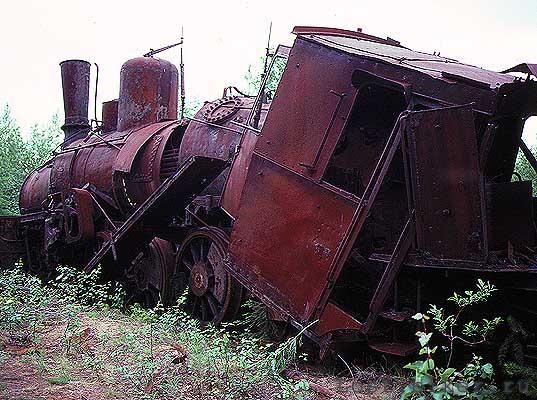
The Salekhard-Igarka Railway, Siberia, Russia
It was estimated that anywhere from 80,000 to 120,000 laborers were engaged in the project. In the winter, construction was hampered by severe cold, permafrost, and food shortages. In the summer came bogged terrain, diseases, and the pestilence of mosquitoes, gnats, midges, and horseflies. On the technical side, engineering problems included construction across permafrost, a poor logistical system, and tight deadlines compounded by a severe lack of power machinery. As a result, railway embankments slowly settled into the marsh or were eroded by ponding. A shortage of materials also affected the project. One-meter segments of damaged rail lines from war-torn areas had to be sent in and re-welded to form 10-meter lengths.
Advertisements
18 December 2023
Advertisements



